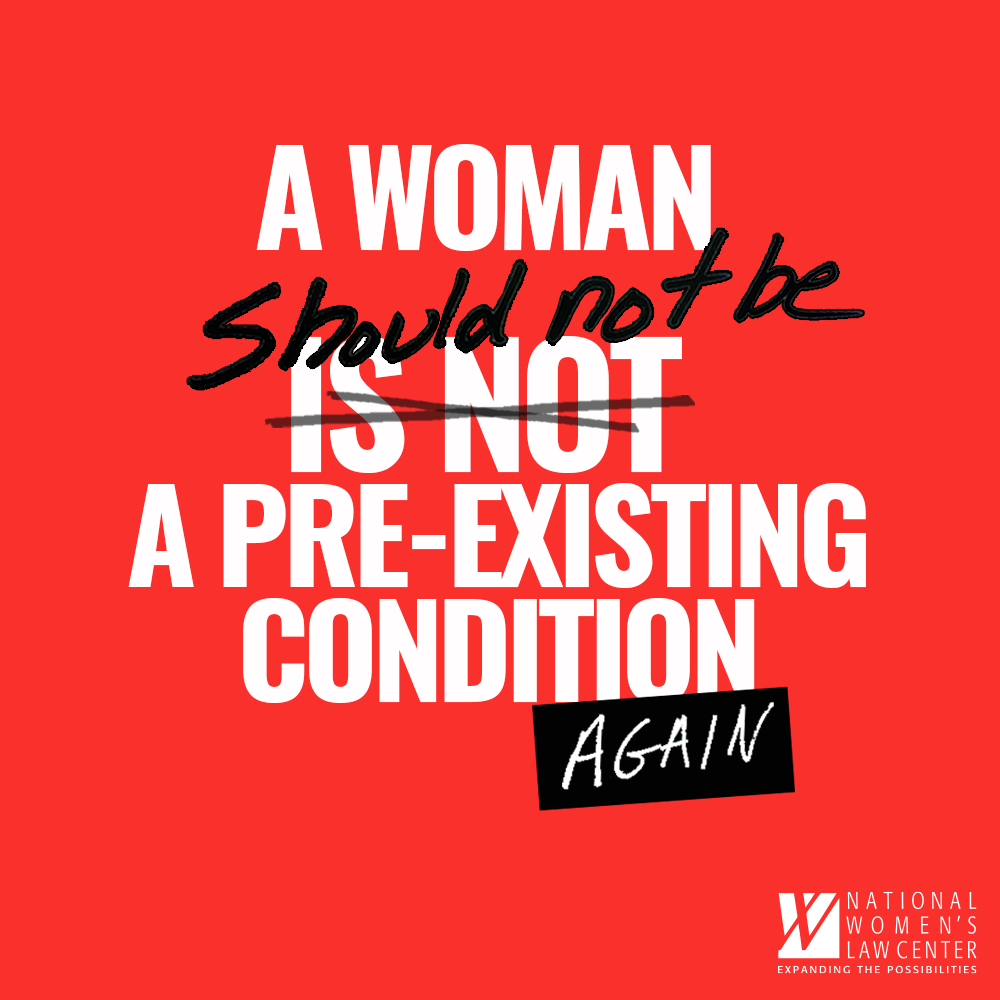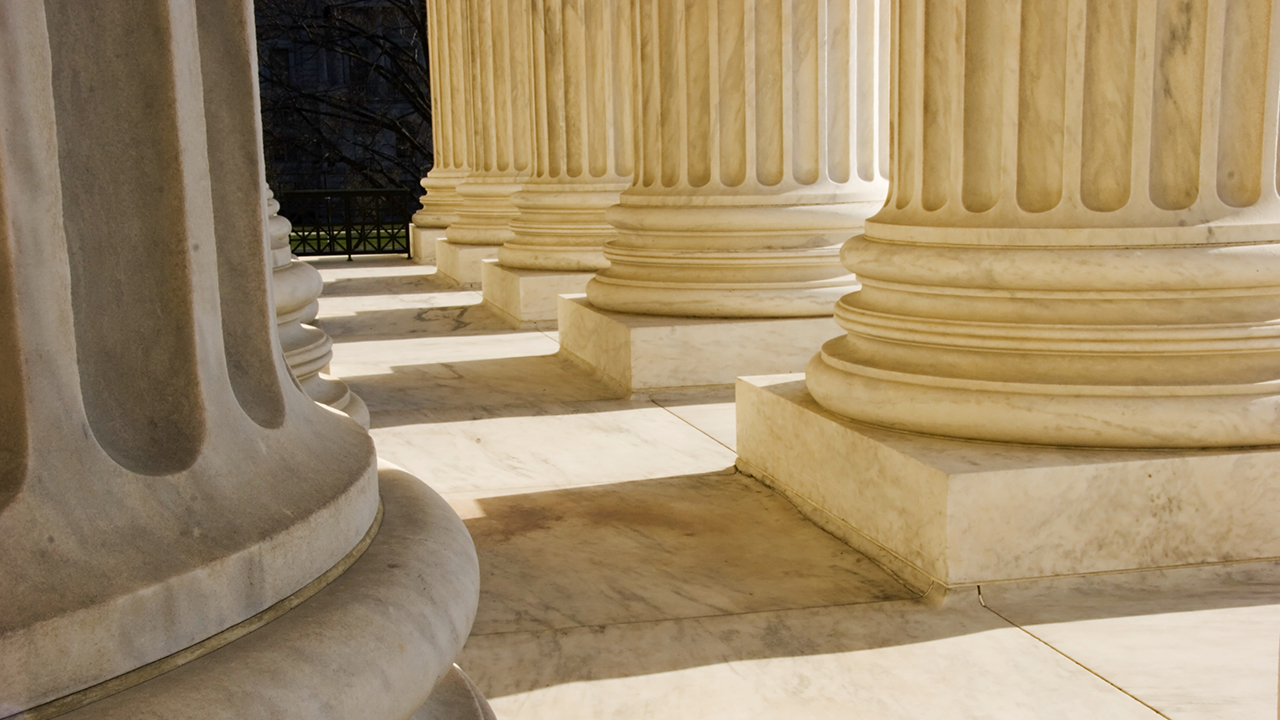Abortion rights, women of color, and LGBTQIA+ people are under attack. Pledge to join us in fighting for gender justice.
Roe at Risk: Looking to the Next Supreme Court Decision on Abortion

Justice Kennedy recently announced his retirement, and much of the immediate reaction has centered on his replacement – and what that would mean for abortion rights. The public is concerned that abortion access is at risk, and rightly so: Trump has promised to appoint justices who will overturn Roe v. Wade, and the record of Trump’s Supreme Court nominee – Judge Kavanaugh – shows extreme hostility to abortion.

Notably, Justice Kennedy’s seat on the Court has been an important one, with him holding the deciding vote for a number of big abortion rights cases. In 1992, he voted to uphold the right to abortion in Planned Parenthood v. Casey, and in 2016, he voted to strike down Texas TRAP (targeted regulation of abortion) laws in Whole Woman’s Health v. Hellerstedt. Those cases were decided by a one vote margin. However, in Gonzales v. Carhart (2007), Justice Kennedy sided with the more conservative members of the Court. There, the Court ultimately upheld a federal ban on a safe and then-common method of abortion. If Trump succeeds, Judge Kavanaugh’s confirmation to the Supreme Court would mean that the balance of the court would turn against the constitutional right to abortion and access to abortion.
If Kavanaugh were to get confirmed, we likely wouldn’t have to wait long to test this theory. Since 2011, politicians have passed 401 new laws against abortion in 33 states across the country that shame, pressure, and punish women who have decided to have an abortion. Now, several abortion-related cases are making their way through lower federal courts and are in the pipeline to the Supreme Court. This is no accident: the anti-abortion movement has spent years purposefully selecting states with anti-abortion legislatures, governors, and courts that they think will advance abortion restrictions. For a long time, that meant that they were pursuing laws under the guise of protecting women’s health. That failed in WWH v. Hellerstedt, when the Court made clear that, unless a state can show that the benefits of an abortion restriction outweigh the burden, the law will not stand.
Post-WWH, many anti-abortion advocates – whose intent is to abolish abortion at any cost, not to improve the lives of women and children – have switched their advocacy and narrative away from women’s health arguments and towards legislation that claims to protect “fetal life and dignity.” Under the Trump Administration, at least in part due to Trump’s success in getting judges confirmed, the anti-abortion movement already felt emboldened to use this narrative to pursue unconstitutional restrictions on abortion with the hope that they would be challenged and make it to the Supreme Court, clearly intended to be a direct challenge to Roe v. Wade.
As a result of anti-abortion advocates’ activity, the Supreme Court may have the opportunity to rule on the right to abortion as early as next term. The types of cases most likely to make their way to the Supreme Court generally fall into three categories:
- Bans on abortion at a particular point in pregnancy: States have passed laws banning abortion at various points in pregnancy, including bans on abortion starting at 6 weeks of pregnancy, before most women even know they are pregnant. A case challenging a Mississippi statute that would ban abortion fifteen weeks after a woman’s last menstrual period is currently before a federal district court; the decision would likely be challenged in the 5th Circuit Court of Appeals.
- Bans on a particular method of abortion: Challenges to laws that ban a safe and effective method of abortion in Texas, Arkansas, and Alabama are currently pending in the 5th, 8th, and 11th Circuit Courts of Appeals.
Because these laws are blatantly unconstitutional, there’s every reason to think states will lose in the courts, but anti-abortion advocates will keep appealing their losses all the way up to the Supreme Court. If at least four justices agree to take a case, the Court will hear it – and adding Kavanaugh to a group that already includes noted anti-abortion justices Alito and Thomas, as well as Trump’s other pick, Gorsuch, could make for four willing to hear a case that gives them the opportunity to revisit Roe.
There’s another batch of cases that don’t necessarily offer such an obvious opportunity to overturn Roe, but could still present a newly constituted Court with an opportunity to severely restrict abortion even without formally overturning it:
- Medically unnecessary and burdensome restrictions on abortion providers: States continue to pass restrictions on abortion providers in an effort to shut them down, despite the Court’s 2016 Whole Woman’s Health v. Hellerstedt decision holding such restrictions unconstitutional. A case challenging an Arkansas law that would force two of the three clinics in the state to stop providing abortion and effectively ban medication abortion is currently working its way through the courts. Also in this category are also a wide array of other abortion restrictions – such as parental involvement, mandatory delays, defunding Planned Parenthood, and other TRAP laws.
With Judge Kavanaugh on the Supreme Court, a case before a Court could overturn Roe or severely gut its protections. Both results would likely be terrible for individuals in this country.
- Overturning Roe: If the Supreme Court overturned Roe v. Wade, at least 20 states are poised to immediately seek to ban abortion, including laws that automatically ban abortion if Roe is overturned, pre-Roe abortion bans that could be enforced if Roe is overturned, and laws that express a state’s intent to restrict the right to legal abortion in the absence of Roe. Over 35 million women live in 33 states where abortion could become illegal without the protections of Roe. And of course, without Roe, an anti-abortion Congress and President could pass a nationwide federal ban on abortion.
- Gutting Roe: Even if Roe were not overturned, the Court could vote to severely undermine its protections. Allowing states to enact more burdensome restrictions – such as medically unnecessary facility or provider requirements, restrictions on minor’s access to abortion, and/or gestational or method bans on abortion – would create harmful barriers that delay access and increase both the direct and indirect costs of abortion, including travel costs. For some women, these hurdles would act as a complete obstacle, and they will be forced to carry an unwanted pregnancy to term.
Overturning or gutting Roe would be devastating to women’s health, lives, and futures. Women of color, young people, and individuals in the LGBTQ community already face a host of barriers to getting health care, and are disproportionately affected by restrictions on access to abortion. Further restrictions on access to abortion, and especially overturning Roe, will harm them the most.
If Judge Kavanaugh is confirmed, the protections under Roe would be at risk, jeopardizing access to abortion – which is already inadequate for so many – for women across the country.




